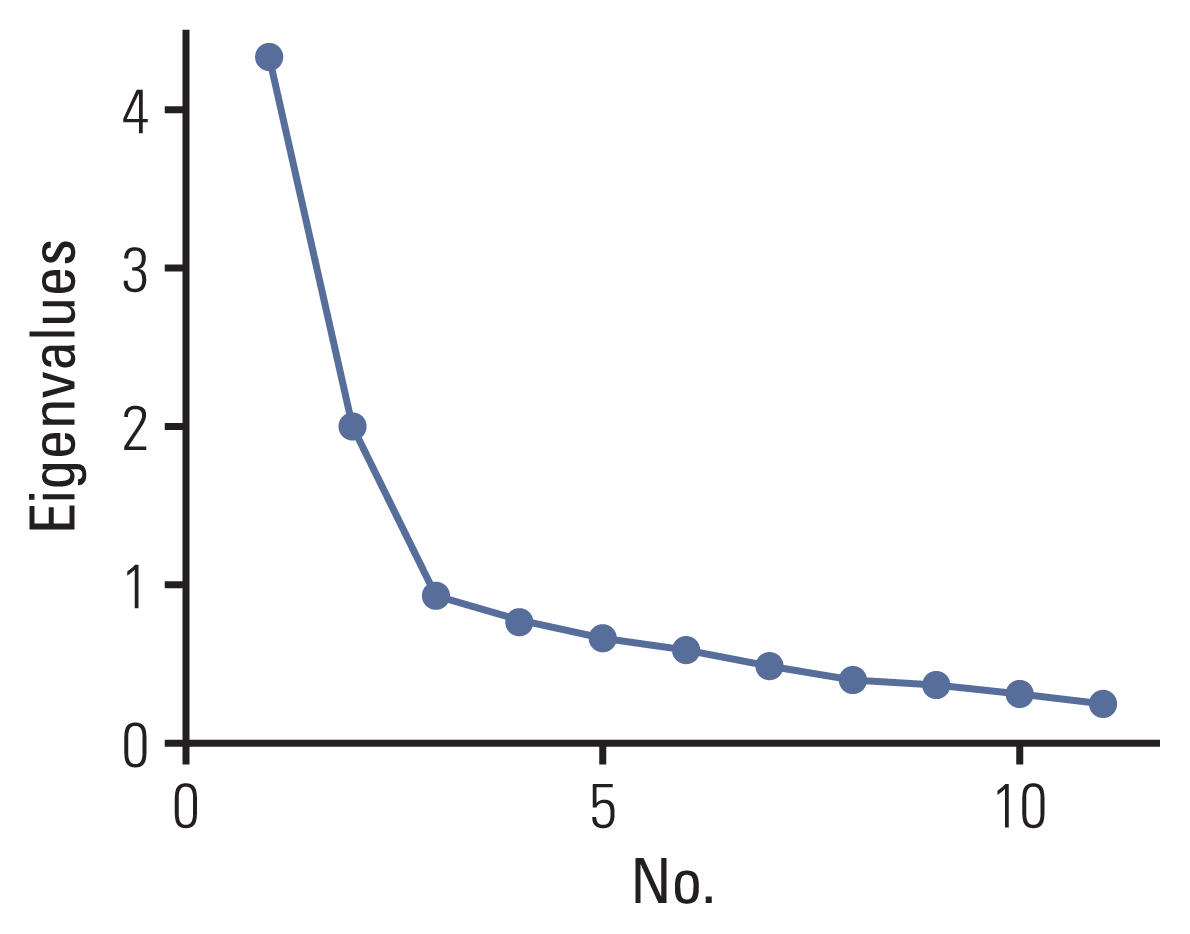Abstract
Purpose
Materials and Methods
Results
Conclusion
Electronic Supplementary Material
Notes
Ethical Statement
The study was approved by the Institutional Review Board of the Samsung Medical Center, Seoul, Republic of Korea, and informed consent was obtained from all study participants (IRB number: SMC-2018-08-070).
Author Contributions
Conceived and designed the analysis: Shim S, Kang D, Kim N, Park J, Lee SK, Cho J.
Collected the data: Shim S, Park J, Lee JE, Kim SW, Yu J, Chae BJ, Ryu JM, Nam SJ, Lee SK.
Contributed data or analysis tools: Shim S, Kang D, Kim N, Han G, Lim J, Kim H, Lee M, Lee JE, Kim SW, Yu J, Chae BJ, Ryu JM, Nam SJ, Lee SK, Cho J.
Performed the analysis: Shim S, Kang D, Han G, Lim J, Kim H, Lee M.
Wrote the paper: Shim S, Kang D, Lee SK, Cho J.
ACKNOWLEDGMENTS
References
Table 1
Table 2
| No. | Item (theme) | 1-Factor loading |
|---|---|---|
| Q1 | I know that I have enough money in savings, retirement, or assets to cover the costs of my treatment (resource) | 0.67a) |
| Q2 | My out-of-pocket medical expenses are more than I thought they would be (financial) | 0.39 |
| Q3 | I worry about the financial problems I will have in the future as a result of my illness or treatment (affect) | 0.76a) |
| Q4 | I feel I have no choice about the amount of money I spend on care (affect) | 0.04 |
| Q5 | I am frustrated that I cannot work or contribute as much as I usually do (affect) | 0.66a) |
| Q6 | I am satisfied with my current financial situation (affect) | 0.70a) |
| Q7 | I am able to meet my monthly expenses (resources) | 0.65a) |
| Q8 | I feel financially stressed (affect) | 0.72a) |
| Q9 | I am concerned about keeping my job and income, including work at home (affect) | 0.76a) |
| Q10 | My cancer or treatment has reduced my satisfaction with my present financial situation (affect) | 0.79a) |
| Q11 | I feel in control of my financial situation (affect) | 0.17 |
Table 3
| No. | Item (theme) | 1-Factor loading | 2-Factor loading |
|---|---|---|---|
| Q1 | I know that I have enough money in savings, retirement, or assets to cover the costs of my treatment (resource) | 0.34 | 0.71a) |
| Q2 | My out-of-pocket medical expenses are more than I thought they would be (financial) | 0.46 | 0.00 |
| Q3 | I worry about the financial problems I will have in the future as a result of my illness or treatment (affect) | 0.77a) | 0.20 |
| Q4 | I feel I have no choice about the amount of money I spend on care (affect) | 0.38 | 0.53a) |
| Q5 | I am frustrated that I cannot work or contribute as much as I usually do (affect) | 0.72a) | 0.08 |
| Q6 | I am satisfied with my current financial situation (affect) | 0.35 | 0.77a) |
| Q7 | I am able to meet my monthly expenses (resources) | 0.26 | 0.81a) |
| Q8 | I feel financially stressed (affect) | 0.74a) | 0.17 |
| Q9 | I am concerned about keeping my job and income, including work at home (affect) | 0.79a) | 0.16 |
| Q10 | My cancer or treatment has reduced my satisfaction with my present financial situation (affect) | 0.80a) | 0.21 |
| Q11 | I feel in control of my financial situation (affect) | 0.20 | 0.66a) |




 PDF
PDF Citation
Citation Print
Print




 XML Download
XML Download